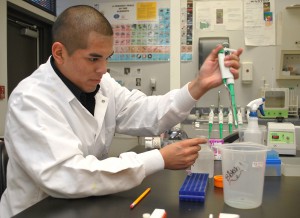All students should be prepared for college and career, say Wisconsin educators who are leading a program to help improve students’ graduation rates, transition services, and post-school outcomes, according to a recent Education Daily article.
The Wisconsin Career Pathways program was designed to serve all students. Starting in ninth grade, students are asked to choose a career to study and take classes in their chosen field. Â The Wisconsin Technical College System partnered with the state department of instruction to develop the program, which is web-based and modeled after the National Career Clusters â„¢ Framework.
“The idea is that students are making their own plan to prepare for the future,†said Marge Rubin, director of College and Career Pathways at Fox Valley Technical College in Appleton, Wis.
“Research shows that students who have plans are more successful than those who don’t.â€
The program intends for students to explore different jobs within the career of their choice so they understand the academic and technical requirements, demands and outlook for those jobs, and what postsecondary options within the state can help them achieve their college and career goals.
“There was this great divide. Students either had to choose between preparing for college or a career,†Rubin said. “All students need to be prepared for both.â€
Education Daily is an online publication available only to its subscribers.
Erin Uy, Communications & Marketing Manager


